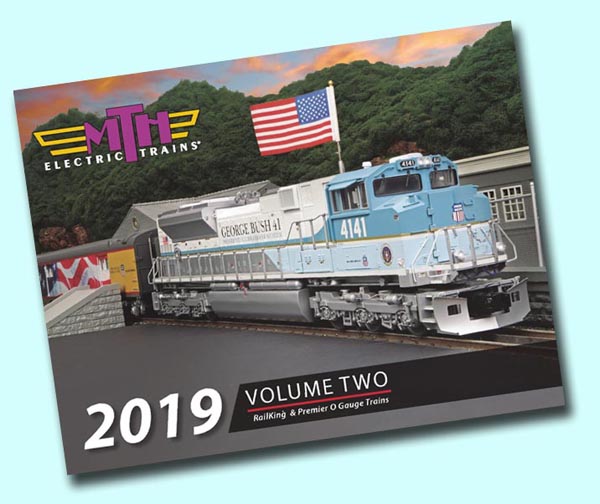 |
|||||||
|
|||||||

As freight cars grew taller, observing a train from the cupola of a caboose became increasingly difficult. In the wooden car era, another problem with cupola cabooses was sagging roofs. In an effort to solve these problems, the Akron, Canton & Youngstown railroad introduced the bay window caboose in 1923. (In fact, however, bay windows had been used on New York & Harlem Railroad passenger cars as far back as the 1850s, to enable conductors to better anticipate station arrivals.) In 1930 the Baltimore & Ohio became the first railroad to adopt the bay window style as its standard caboose; it never purchased another cupola model. During the same decade, the Milwaukee Road and the Northern Pacific built substantial bay window fleets. But it was immediately after World War II that the bay window design became widespread, as car heights increased significantly and cupolas became less and less useful. As with diesels and other modern freight cars, these postwar bay window cabooses were part of the shift away from customized, railroad-specific locos and cars toward standardized designs produced in large quantities on efficient assembly lines. Key builders of bay window cabooses included International Car Company and American Car & Foundry. |
2019 Volume 2 CatalogClick HERE to see it online. It's Easy To Add WiFi To Your DCS LayoutCheck Out The Quick Start VideoClick HERE To Learn More About DCS and WiFi Control |
||||||
| Follow Us On | |||||||
| © 2019 M.T.H. Electric Trains 7020 Columbia Gateway Drive, Columbia, MD 21046 (410)381-2580 |
|||||||




